Community Cats
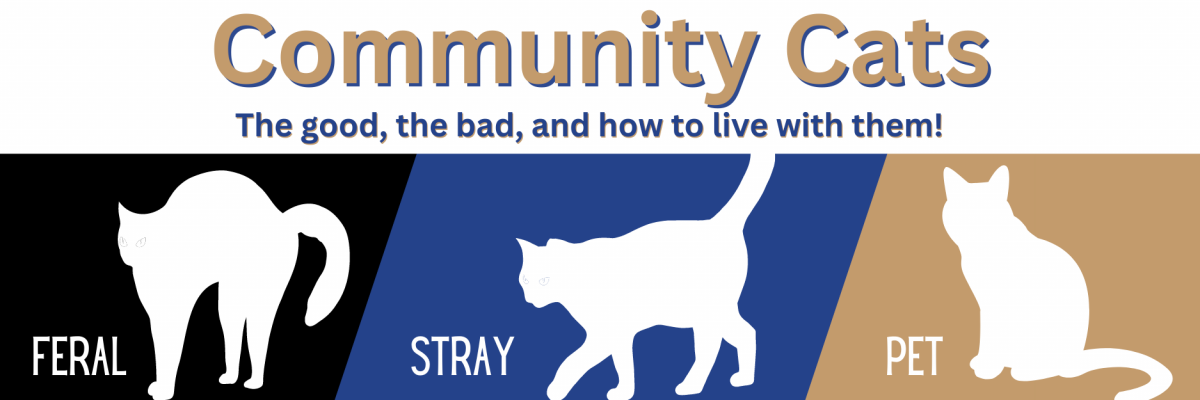
Why is the City of Great Falls Animal Shelter no longer taking cats in traps?
Cats in traps are predominately feral. Feral cats are unsocialized outdoor cat who have either never had any physical contact with humans, or human contact has diminished enough over time that they are no longer accustomed to it. Feral cats thrive outdoors and are not reliant on people directly feeding them. They are adept at finding their own meals, from the leftovers people discard to food sources in their natural environment.
Humans are unfamiliar and scary to them. When held captive these animals will fight to get away. This makes them dangerous to themselves, the staff at our facility and unsafe to adopt to the public. As such, feral cats brought into our facility are held and cared for during their legal stray hold time before being euthanized.
This process is traumatic for the cat and the staff. It is also costly.
In 2022, 106 feral cats were euthanized
By no longer taking in feral/stray cats we will save the lives of these wild animals that prefer life outdoors.
We will also be able to utilize the precious resources (money, staffing, and space) previously utilized on them for those animals that truly need our care.
What do we do with these cats?
We will be providing the public with information and education on how to understand and live with the cats that thrive outdoors in our community.
From the very beginning of their existence, cats were wild animals that lived outside. Like many other animals, they adapted to the presence of humans and in some cases became dependent on their human counterpart to care for them, also known as domestication. Though many cats are now domestic pets that live in a home, a vast majority of cats are still wild (feral) and prefer to live outdoors and hunt for their food.
There are three main types of cats in Great Falls (feral, stray, and pet).
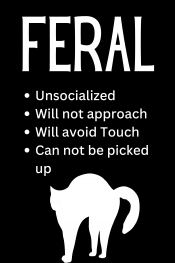
A feral cat is an unsocialized outdoor cat who has either never had any physical contact with humans, or human contact has diminished enough over time that they are no longer accustomed to it. Most feral cats are fearful of people and can’t become a lap cat or live indoors.
Feral cats thrive outdoors and are not reliant on people directly feeding them. They are adept at finding their own meals, from the leftovers people discard to food sources in their natural environment. Sometimes, though, these independent cats may have human caregivers who regularly feed them. Feral cats are only at home outdoors with their feline families.
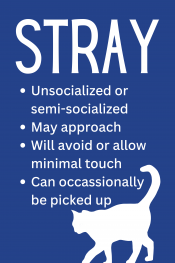
A stray cat is a cat who lived indoors and was socialized to people at some point in her life, but left or lost her home and no longer has regular human contact. A stray cat may be socialized enough to allow people to touch her, but she will become less socialized or even feral if she spends too much time without positive interaction with humans.
As cat behavior expert John Bradshaw puts it: “Cats still have three out of four paws firmly planted in the wild, and within only a few generations can easily revert to the independent way of life that was the exclusive preserve of their predecessors some 10,000 years ago.” But if a stray cat is re-introduced to regular human contact, she may become socialized again.

A pet cat, which is what many people call cats who live indoors with human families, are socialized to people and are comfortable being in houses and being touched. This cat may also be an indoor/outdoor cat, meaning she spends time outdoors but still enjoys being or primarily lives indoors and is reliant on people for her food and care.
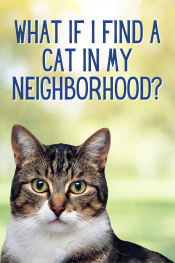
Use the Interactive Decision Tree or Flow Chart to help find the best next steps.
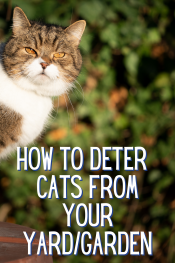
Community cats can cause be a nuisance but there are easy and humane ways to deter them from your space. Find some tips on the Nuisance Mitigation page.
